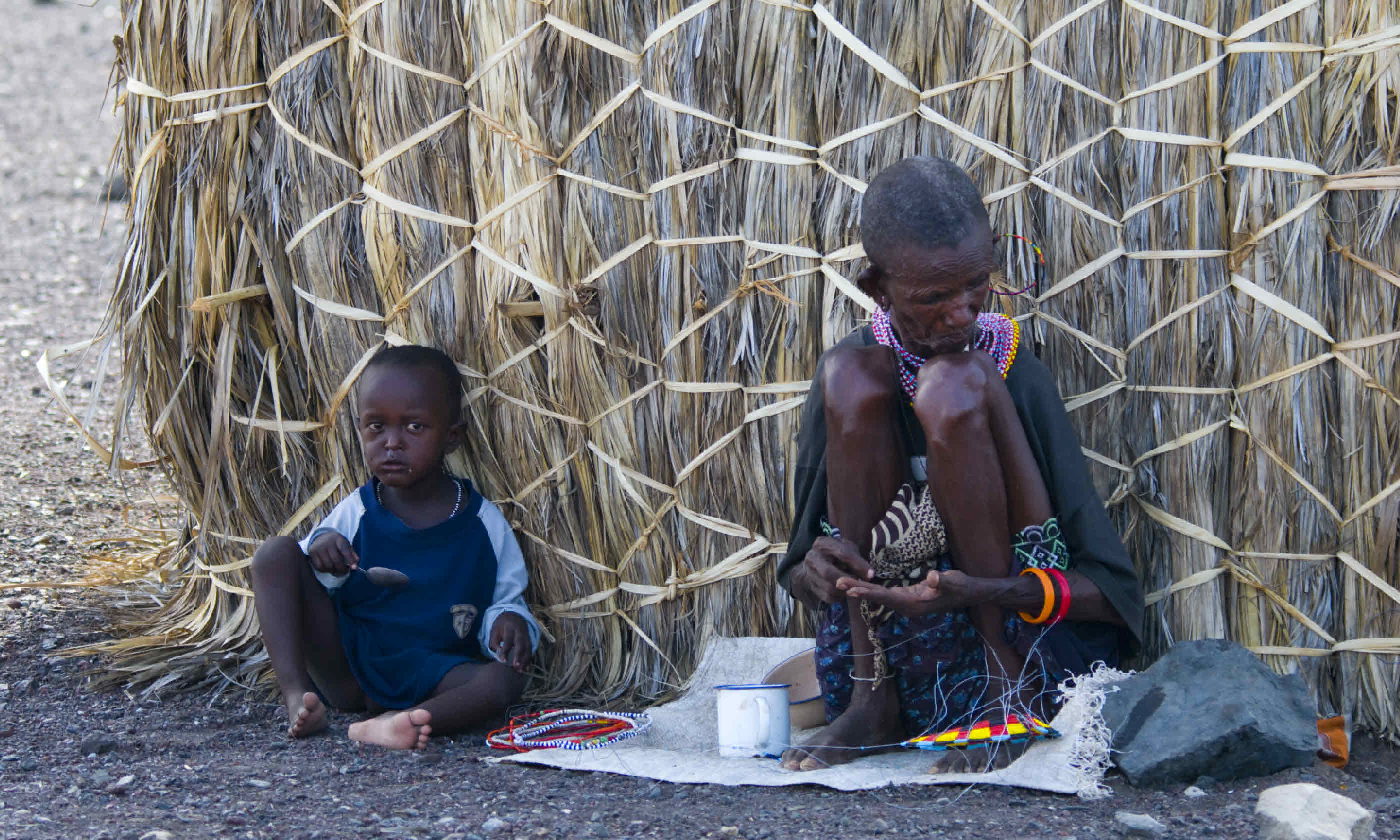
7 of the world's most endangered tribes
There are around 150 million tribal people living across the globe – but for how long? We look at the indigenous groups that are on the verge of extinction
1. Akuntsu
Brazil
Estimated surviving population: 5
The victims of greed and genocide, the Akuntsu is one indigenous people whose extinction is virtually inevitable. Until the 1980s, hundreds of Akuntsu lived in comfortable obscurity in Rondônia, north-west Brazil, hunting and growing crops in their small gardens. Then the region was opened up for development.
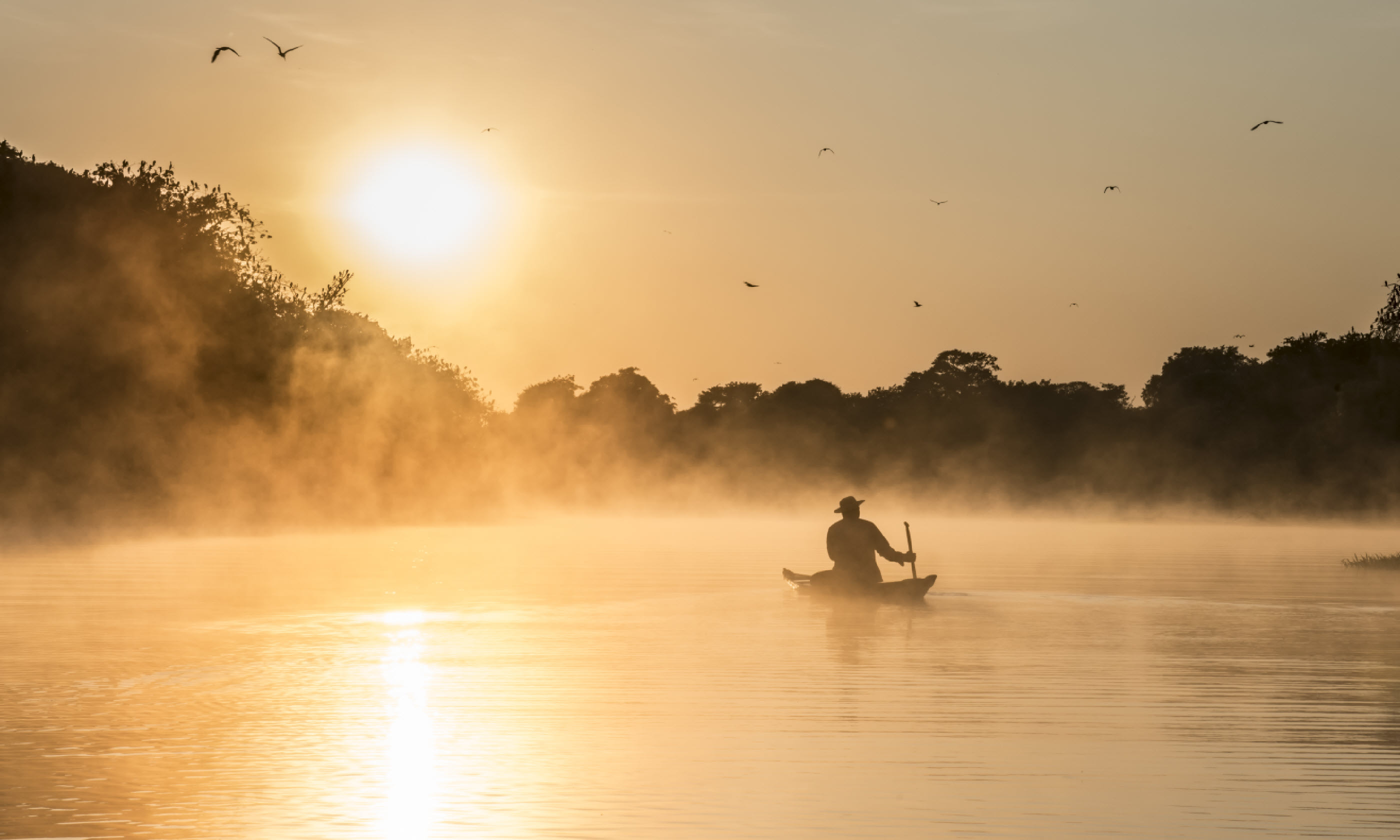 The Amazon, Rondonia, Brazil
The Amazon, Rondonia, Brazil
The Brazilian constitution protects the land of uncontacted tribes so some ranchers and loggers decided the best way to exploit Rondônia’s verdant wilderness – and circumvent red tape – was to massacre the Akuntsu. After one incident around 1990, in which scores of Akuntsu were killed, only seven of the tribe remained. The terrified survivors retreated deeper into the forest.
There are now only five Akuntsu left, albeit in a protected area. As tribal custom doesn’t allow outsiders to marry in, the Akuntsu seem doomed.
2. Jarawa
Andaman Islands, India
Estimated surviving population: 200-300
In the Andaman Aka-Bea language, Jarawa means ‘stranger’. One of four peoples native to the Andaman Islands, the Jarawa were strangers to the modern world until 1998. They still hunt and fish and, after two measles epidemics, mainly prefer their secluded reservation in the primordial rainforest.
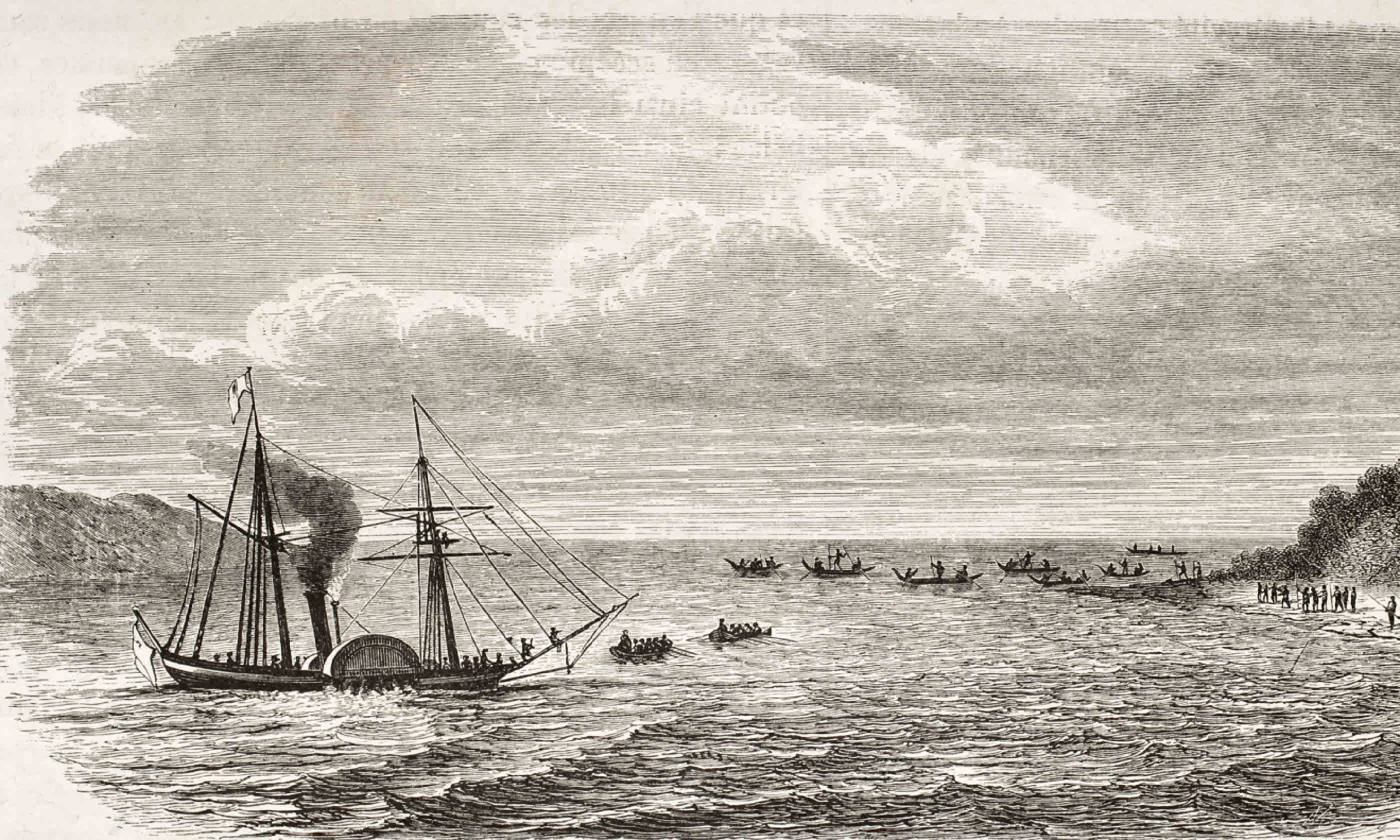 Steamer landing in Grand Andaman island, Indian Ocean
Steamer landing in Grand Andaman island, Indian Ocean
Sadly, tourists and poachers won’t let the Jarawa be. Government officials have ordered the closure of the Great Andaman Trunk Road, which runs through the reservation and is used by many tourists who pay to photograph the tribe. Local administrators ignored the verdict but are becoming more vigilant after a video showing semi-naked Jarawa being ordered to dance for Western tourists surfaced on YouTube. The Indian government is due to build a new route in 2015 to help protect the tribe.
Some experts say isolating the Jarawa is patronising, racist and destructive, preventing them from changing their lifestyle. Others fear change would be fatal.
3. Livonians
Latvia
Estimated surviving population: 200
This race of fishermen, which settled on the eastern Baltic seaboard 4,000 years ago, call themselves
raandalist – coast dwellers. But, after centuries of war and forced assimilation, their heartland has shrunk to a dozen Latvian coastal villages; Mazirbe, their cultural capital, has a population of just 147.
As bleak as this sounds, Liv culture is finally free from Soviet persecution – the Livonian coast is officially protected by the Latvian government.
Claims that the last native speaker of Liv had died in 2009 proved premature, with five native speakers unearthed across three continents. The language is taught at universities in Latvia.
4. Nukak
Colombia
Estimated surviving population: 420
The Nukak are one of at least 32 indigenous peoples in Colombia that the UN has identified as at risk of imminent extinction. Armed colonists, growing cocoa for the cocaine trade, and military conflict between rebels and government have turned the southern Colombian rainforest where the Nukak once roamed into a treacherous place.
Hundreds of Nukak now live in refugee camps, with many younger members desperate to jettison their traditional lifestyle. But assimilation could be fatal for a people whose immune systems can barely handle the common cold. Survival International estimates that 50% of the Nukak have died since the tribe first came into regular contact with the outside world in 1988.
Yet returning to their ancestral home won’t be easy. Civil war still rages near the Cano Grande and the Nukak’s nomadic lifestyle has prompted the Marxist-Leninist FARC (Fuerzas Armadas Revolucionarias de Colombia) to suspect them of being government informants.
5. El Molo
Kenya
Estimated surviving population: 800
Nobody really knows where the El Molo come from, but the last remnants of Kenya’s smallest ethnic group are clustered together on the south-eastern shore of Lake Turkana. After years of conflict with other ethnic groups, they keep themselves to themselves. Fishing for the large Nile perch defines their lives –
el molo is a Maasai term for ‘those who make their living from other than cattle’ – but Lake Turkana is slowly evaporating and increasingly polluted, causing recurrent cholera outbreaks.
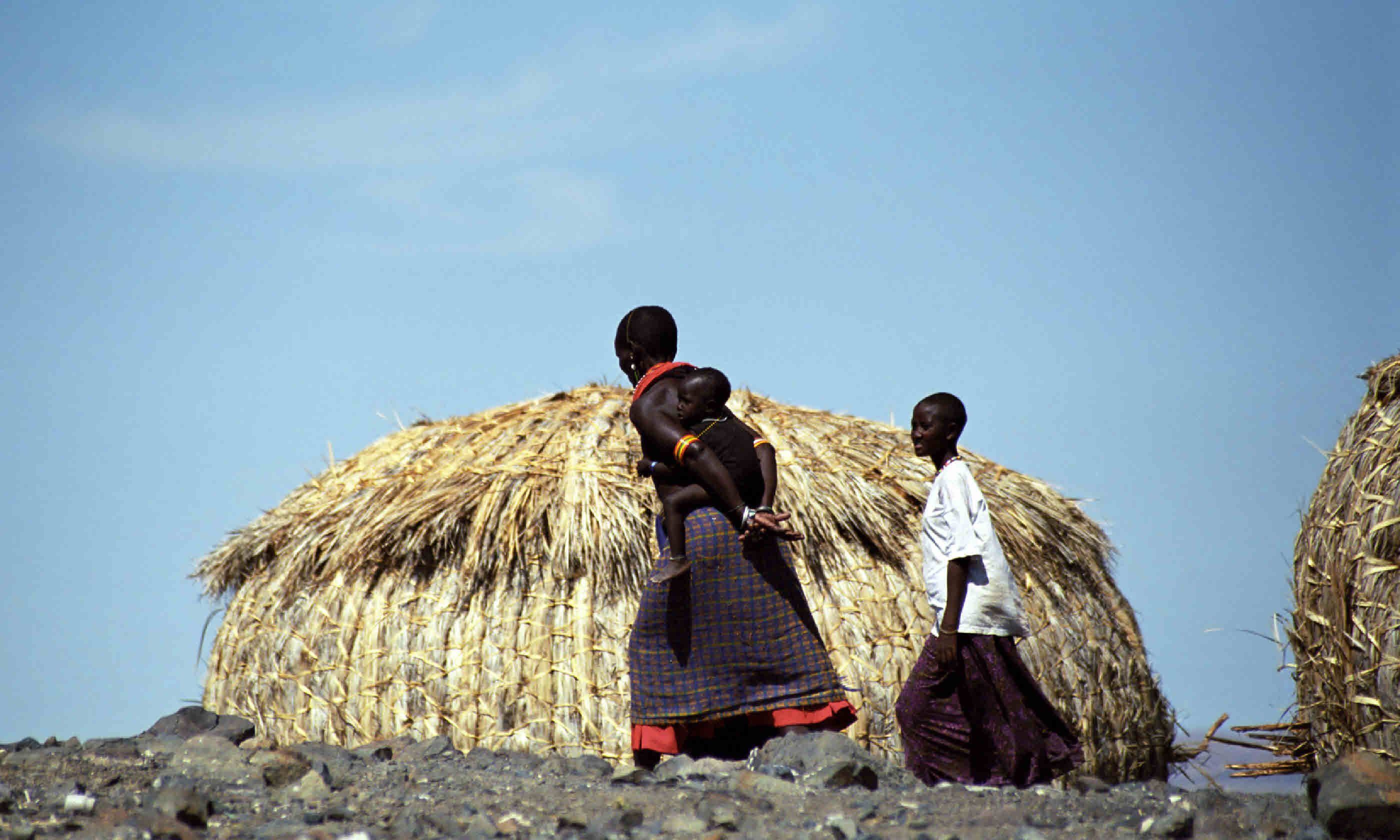 El Molo women
El Molo women
The El Molo’s native language is all but dead. Children are taught English in schools and only a few elders speak their native language (most use Maa or Swahili). But tourism – especially the purchase of native arts and crafts – is bringing the El Molo a little economic stability.
6. S’aoch
Cambodia
Estimated surviving population: 110
Under the Khmer Rouge’s genocidal rule, the S’aoch were executed just for speaking their native language. In the violent turmoil that afflicted Cambodia in the late 1970s, the S’aoch lost their coastal homeland and now live in Samrong Loeu, a village in south-west Cambodia where only ten elders still speak the language.
French linguist Jean-Michel Filippi hopes to preserve the language (one of 19 threatened with extinction in Cambodia). But many S’aoch, impoverished because they have no fields to work in, are abandoning traditional customs to speak Khmer, the tongue of their wealthy neighbours.
7. Batak
Philippines
Estimated surviving population: 300
Fifty thousand years ago, the Batak crossed land bridges to the Philippines and settled in northern Palawan to hunt, farm and fish.
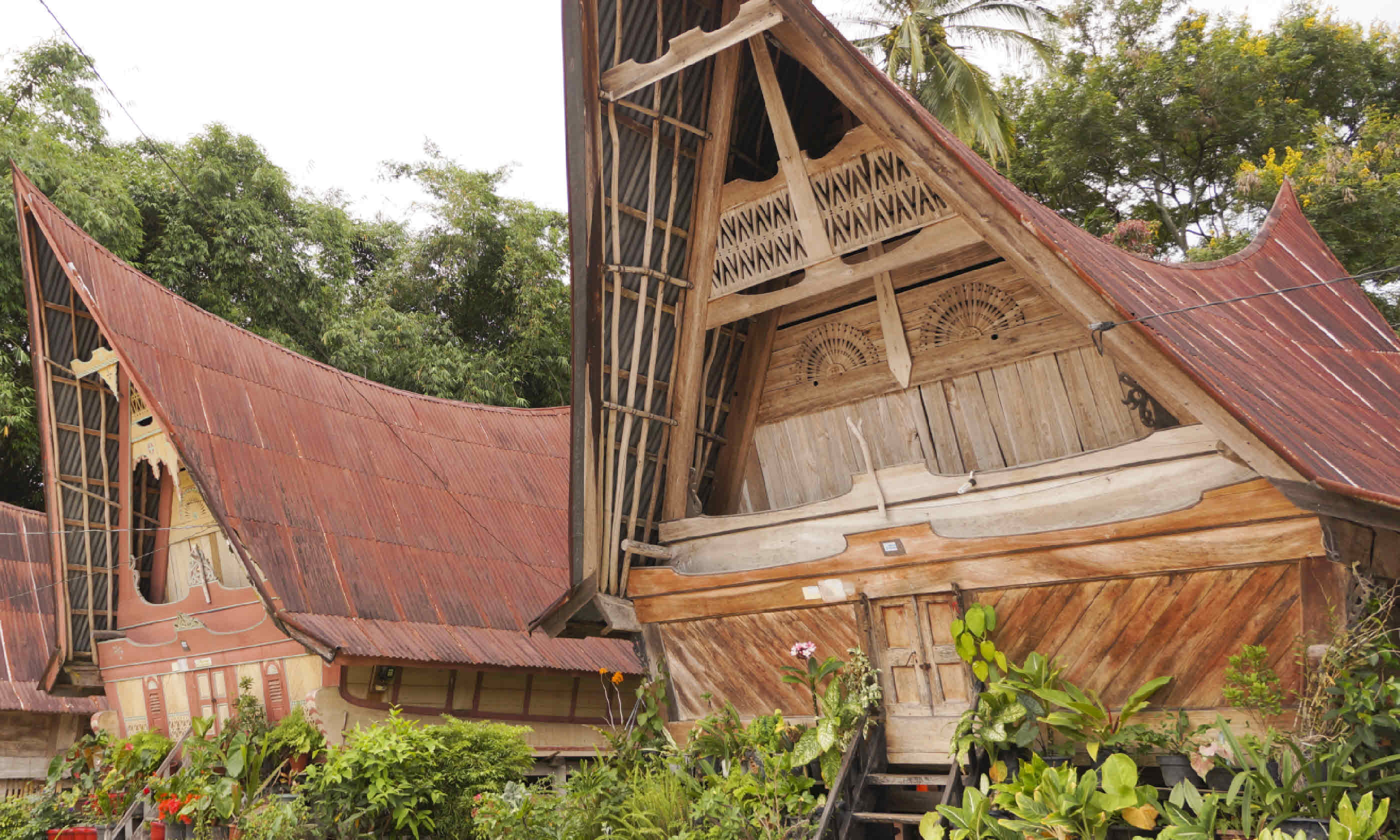 Batak house
Batak house
In the kind of deadly paradox that afflicts many indigenous peoples, the Batak’s ancestral landscape is threatened by land seizure and indiscriminate logging while their traditional shifting cultivation method has been partially banned and threatened by ‘protected areas’ created to safeguard the environment.
The Batak’s immediate need is simple: food. However, rice yields have plummeted precariously since 1994, when their farming fell foul of government legislation. Suffering from low birth rates, high infant mortality and severe malnourishment, the Batak may only survive if they win legal rights to live on their lands in their traditional way.
Fighting back: Races on the rebound
Asháninka
Around 45,000 Asháninka live mainly on the Peruvian side of the border with Brazil, their homeland threatened by deforestation and the cocaine trade. Yet working with Cool Earth, 15 villages, with 2,151 inhabitants, have formed a network against logging and have not lost a single tree in the last five years.
With help from Rainforest Foundation UK, they have also been able to map their territories and gain legal titles to lands. The struggle is far from over but the Asháninka’s voice is finally being heard.
Circassians
This ancient Caucasian people had their own confederated state in 1830, with a population of four million and a capital, Sochi. In 1864, the Russians forcibly expelled 1.5 million Circassians – at least 400,000 died – and only 700,000 still live in the Caucasus, with another 3.5 million abroad.
In 1994, the UN recognised the International Circassian Association, which strives to preserve the language, promote the culture and persuade the Russian government to let exiles go home. Although two-thirds of the population in the Circassian autonomous republic of Adygea are Russian, their language is officially recognised and they dominate the state’s political elite.
Nez Perce
In the 1830s, it was thought that there were 6,000 Nez Perce; today there are just over 3,500. Forced to flee their ancestral lands, they live on a reservation in Idaho but have acquired 66 sq km of their old land in Oregon, which they run as a nature reserve. Their language is in danger but their economy is vibrant.
Enxet
The part of northern Paraguay these hunter-gatherers called home is a cattle ranchers’ paradise. Many of the 17,000 surviving Enxets live on plots bought for them by various religious groups. Yet there is real hope for the future. The Paraguayan government has agreed to expropriate 145 sq km of territory from a German landowner and return it to the Enxet, a decision that should benefit 156 families.
Suruí
In the 1960s and 1970s, 4,700 Suruí were killed by diseases they had no immunity from as the Trans-Amazon Highway was built through their Rondônia homeland. At one point, only 300 survived. That has since risen to 1,300. The Suruí have now stopped deforestation on their land, and diversified economically.
How can you help?
1. Don’t go on human safaris
Sounds obvious, but this demeaning, destructive trade is still flourishing in the Andaman Islands where it endangers the Jarawas' way of life.
2. Get involved
A letter of protest to the right government may sound futile, but think of each letter as a pebble that could tilt the balance in favour of the right action.
3. Donate money
Organisations such as
Survival International and the
Society for Threatened Peoples aren’t lavishly financed so every donation or purchase helps.
4. Stop racist coverage
Don’t refer to indigenous peoples as ‘primitive’ or ‘stone age’. Survival International runs a campaign to discourage the use of such racist terms in the media.
5. Be a responsible traveller
The travel industry can be part of the problem but the right kind of travel can be part of the solution. For example, in Ecuador, the Cofán, Huaorani and Quechua peoples have developed their own tourist enterprises to help fight the threat of oil development.




